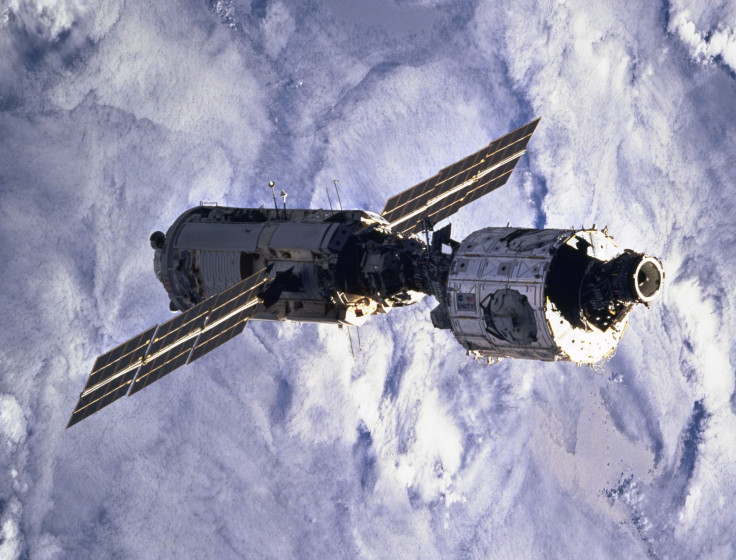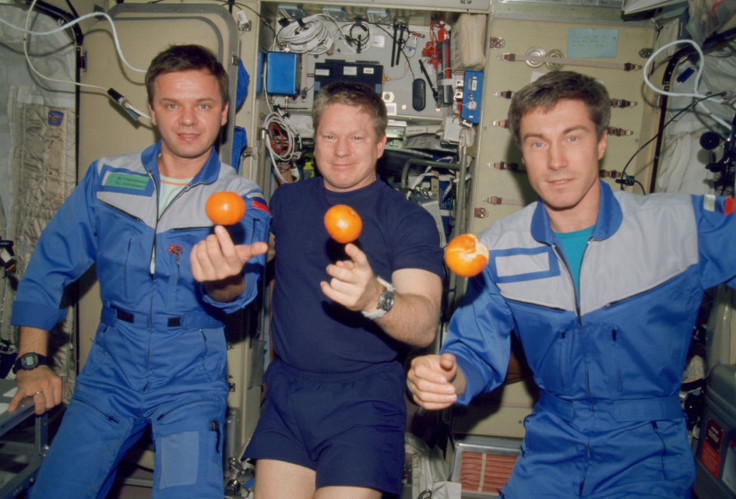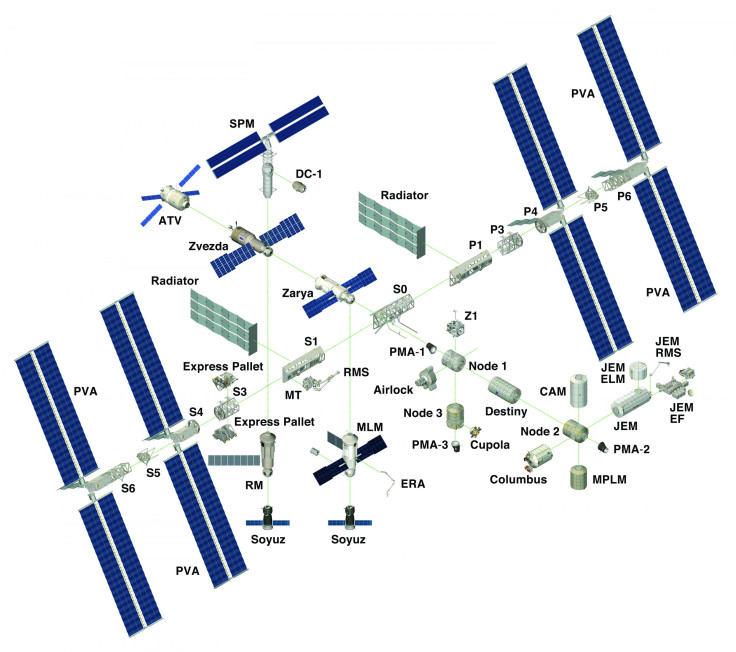Happy Birthday International Space Station, ISS Celebrates Its 15th Year In Space
The International Space Station has turned 15, and the joint effort from Roscosmos, NASA, the European Space Agency, the Japanese Aerospace Exploration Agency and the Canadian Space Agency is busier than ever.

The ISS started out as just one module, Zarya, or sunrise, when translated, launched by Roscosmos on Nov. 20, 1998. NASA would follow with the Unity module, aboard the space shuttle Endeavour, on Dec. 4, 1998. The STS-88 mission marked space history as it was the first-ever space station assembly, notes NASA. There was no blueprint for attaching the two modules, Zarya, known as the Functional Cargo Block and Unity, known as Node 1, built by different space agencies, in orbit.
Unity had two mating adapters, and the mission took 14 days to complete. Bill Bastedo served as the launch package manager for Unity and planned the mission from launch to docking. Without any history to rely on, Bastedo was concerned about mission, worrying about its success as any problems could not be fixed for six months, the next planned mission.
Bastedo said in a statement, “I was most worried about making sure we could verify that Unity, the mating adaptors, and Zarya all worked as a system together, and we could safely leave it on orbit, because it was going to be about a six-month gap until the next flight. It turns out it was a lot of worry about nothing, because it almost went flawlessly.”

The connecting of Unity and Zarya also marked the first ISS spacewalk, performed by NASA astronauts Jerry Ross and James Newman. The duo would perform the first three ISS spacewalks, installing antennas, attaching tools and performing general maintenance. The ISS would become more than just a cooperative effort between the U.S. and Russia, with ESA, JAXA and CSA joining the mission. The ISS represents collaboration between 15 different countries.
The ISS would continue to grow over the course of several years, growing to the size of a football field, weighing close to 1 million pounds, and there are still components that will be added to the space station.
As noted by the European Space Agency, the Zvezda module was added in 2000, the Destiny lab in 2001, and truss support systems were added in 2000 to support the familiar solar wings. Nodes and docking ports were installed over the course of five years, from 2002 to 2007, and two more labs, Columbus and Kibo, were installed in 2008, and the Cupola observatory was attached in 2010. A Roscosmos Multipurpose Laboratory Module, Nauka, will launch in April 2014.

The first crew to live aboard the ISS, Expedition 1, arrived at the space station on Nov. 2, 2000. NASA astronaut Bill Shepherd served as commander and was joined by cosmonauts Sergei Krikalev and Yuri Gidzenko.
To date, there have been 174 spacewalks, amounting to 46 days in space, and is the second brightest object in the night sky, only behind the moon, notes NASA. More than 1,500 scientific experiments have been conducted aboard the ISS.

With the ability to share the daily activities and experiments through social media, the ISS is more popular than ever, and viewers from around the world can watch what’s happening aboard the ISS via a live stream. Expedition 38 is currently aboard the ISS and, along with Expedition 37, will conduct more than 100 experiments from September 2013 until March 2014.
© Copyright IBTimes 2025. All rights reserved.






















